Infested Rose Photo (yuck!) What do I have?
ChrisA_MA
19 years ago
Related Stories
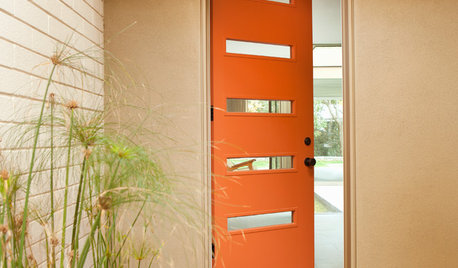
CURB APPEAL77 Front Doors to Welcome You Home
Crossing the threshold is an event with these doors in a gamut of styles
Full Story
MY HOUZZMy Houzz: Devotion Shows in a 19th-Century Belgian Home
A four-year renovation takes a house from bat infested to beautiful, with heavenly lightness and sweet country style
Full Story
DECORATING GUIDESThe Dumbest Decorating Decisions I’ve Ever Made
Caution: Do not try these at home
Full Story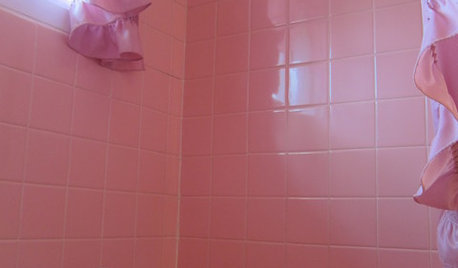
BATHROOM DESIGNTickled Pink in the Bathroom
We asked you to show us your vintage pastel bathrooms — and you responded with a tsunami of photos and comments
Full Story
VALENTINE’S DAYTell Us: Why Did You Fall in Love With Your House?
What was it about your house that made your heart flutter? Share your photo, and it could make the Houzz homepage
Full Story
KITCHEN DESIGNThe Best Backsplashes to Pair With Wood Counters
Simplify your decision-making with these ideas for materials that work well with wood counters
Full Story
DECORATING GUIDESFrom Queasy Colors to Killer Tables: Your Worst Decorating Mistakes
Houzzers spill the beans about buying blunders, painting problems and DIY disasters
Full Story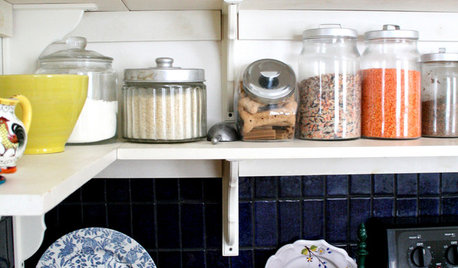
KITCHEN DESIGNDisplaying Kitchen Supplies — Hot or Not?
Do some kitchens just beg for a cozy row of canisters and gear for all to see? Have a look and let us know what you think
Full StoryMore Discussions








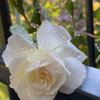
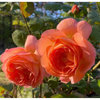
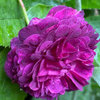
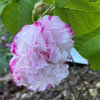
michaelg
ChrisA_MAOriginal Author
Related Professionals
Eden Prairie Landscape Architects & Landscape Designers · Salisbury Landscape Architects & Landscape Designers · Gainesville Landscape Contractors · Blue Springs Landscape Contractors · Broomfield Landscape Contractors · Centereach Landscape Contractors · North Chicago Landscape Contractors · Smyrna Landscape Contractors · Soddy Daisy Landscape Contractors · University City Landscape Contractors · West Chester Landscape Contractors · Yuba City Landscape Contractors · Greenfield Landscape Contractors · Forest Hill Landscape Contractors · Sun Valley Landscape ContractorsChrisA_MAOriginal Author
Kimmsr
ChrisA_MAOriginal Author
_sophiewheeler
ChrisA_MAOriginal Author
michaelg
limca
ChrisA_MAOriginal Author
Capt_Platonic
Bostonian
abgardeneer
hettick
anntn6b
jean001
nakita17